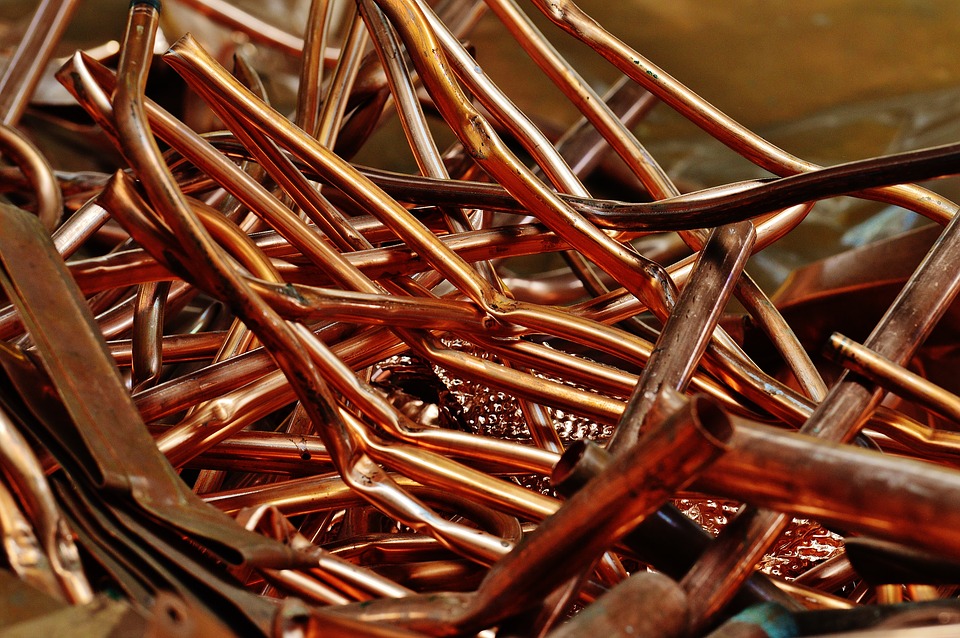
Copper has played a hugely important role in the development of human history. From copper jewelry to copper nails, this metal is hailed for its strength, beauty, versatility, and more. But just what is copper? Below are 12 facts about this metal that you may not have known.
12 Copper Facts
- Copper is an essential element to life, and is actually a mineral. It is ductile, malleable, conductive to electricity and heat, and resistant to corrosion. It is also an essential nutrient, has antimicrobial properties, and helps fight infection. It is the third most consumed metalafter iron and aluminum in the USA.
- According to the U.S. Geological Survey (USGS), the average person uses 1,309 pounds of copper through the course of their life.
- The USGS reports that around 1.6 billion metric tons of the metal are found in land-based resources. 99% of all copper production comes from Montana, Nevada, New Mexico, Utah, and Arizona.
- It is element number 29 on the Periodic Table of Elements. It is a malleable, nonferrous, semi-precious metals and can be applied in hundreds of different ways.
- Copper melts at 1,083 degrees Celsius or 1,981 degrees Fahrenheit.
- It is easy to allow copper with other metals. In fact, some 570 alloys are registered with the American Society for Testing and Materials International. They are classified by the letter C and a number. The U.S. Environmental Protection Agency has acknowledged 350 of these alloys as being antimicrobial.
- Bronzes and brasses are the best known types of copper alloys. Brass is an alloy of copper and zin, whereas bronze is an alloy of copper and other elements, including beryllium, silicon, aluminum, and tine.
- C36000, or Copper Alloy 360, is a leaded yellow brass. It is so easy to machine that it is now used as metals machinability’s benchmark standard.
- Brass is the standard alloy in various precision instruments (navigational aids, watches, clocks, etc.) because it is so resistant to corrosion, and so easy to manufacture and machine. Additionally, wool making uses rust-free brass pins, which transformed the industry. Additionally, it enabled the creation of gold-colored products used mainly in dectoration.
- Bronze is more resistant to corrosion than pure iron, as well as being harder. Even pure copper is not as heart. This is why it was used by the Ancient Egyptians for sculptures, tools, armor, and weapons. Bronze is still used in sculptures because it fills the nooks and crannies of artistic molds when heated up, as it expands. Once it cools, it contracts again, which makes it easy to take a completed sculpture out of a mold.
- The metal used to create bells is a bronze alloy that has around 25% tin. Statuary bronze is actually a form of brass, whereby less than 10% tin is added, with higher levels of lead and zinc.
- Copper nickel zincs and copper nickels are popular alloys. These are also known as “specialty alloys”, or “nickel silvers”.


